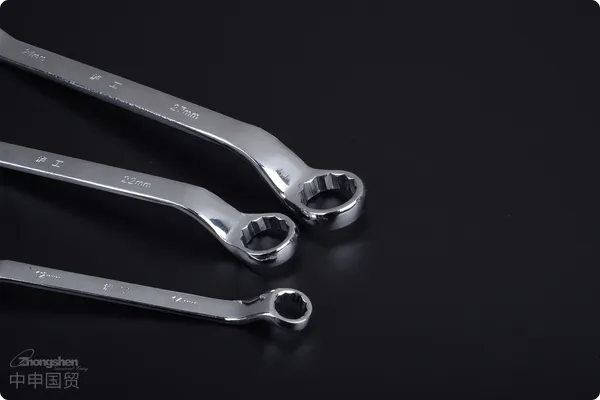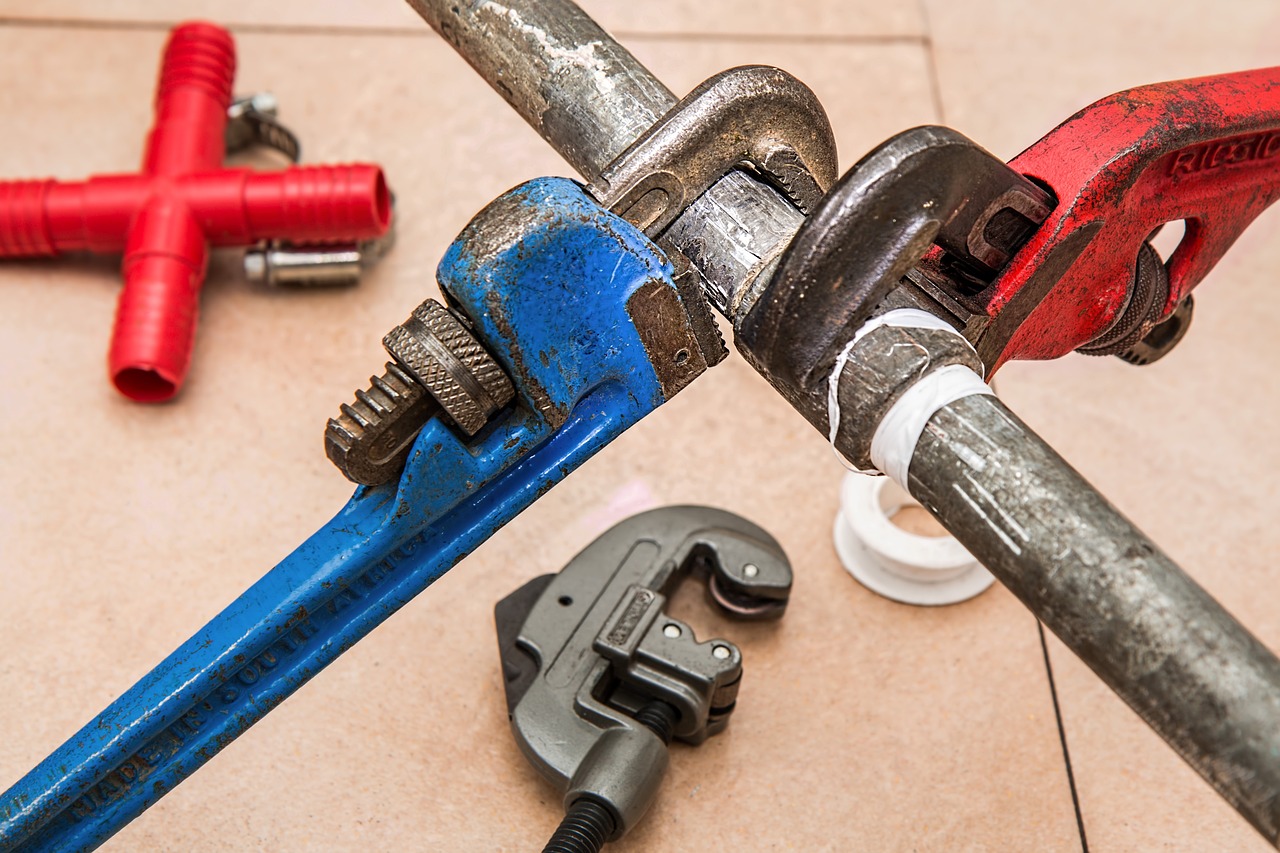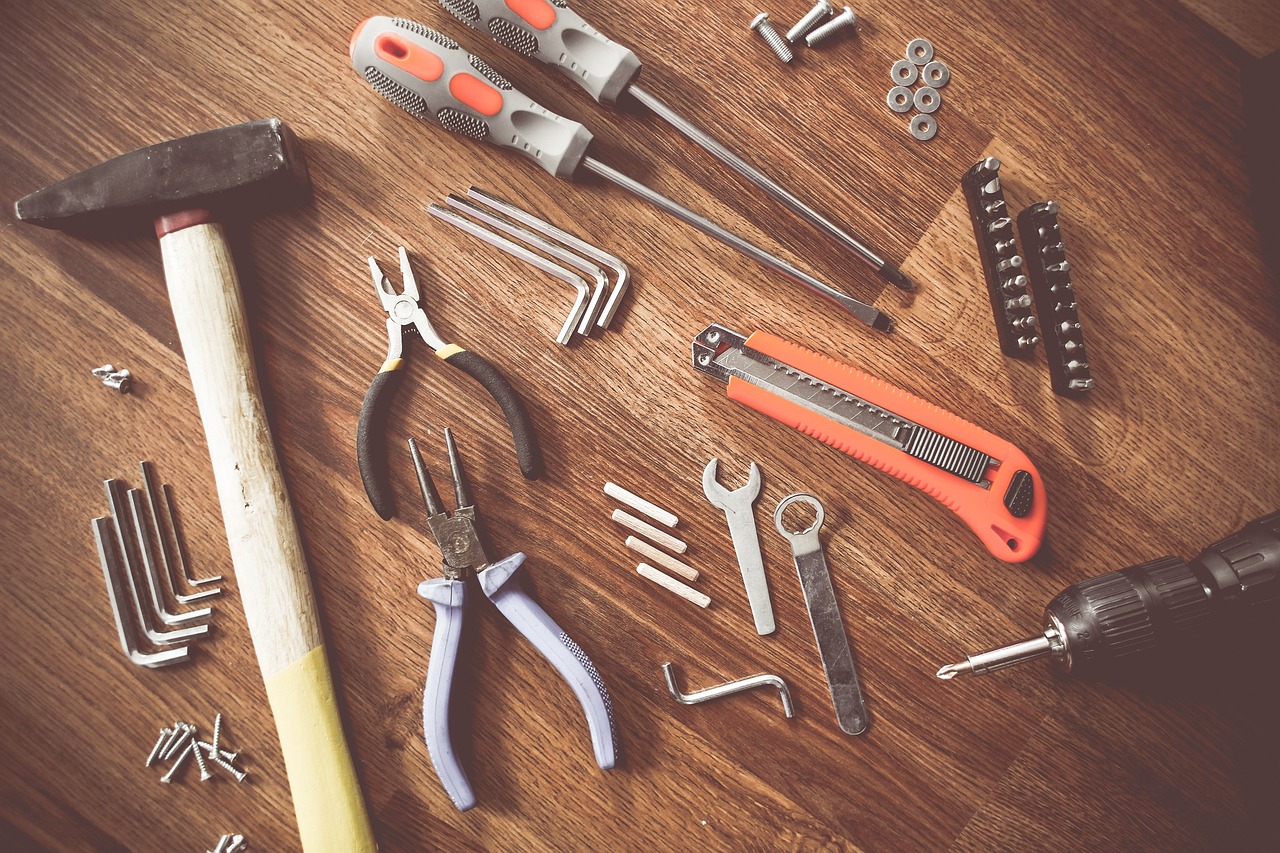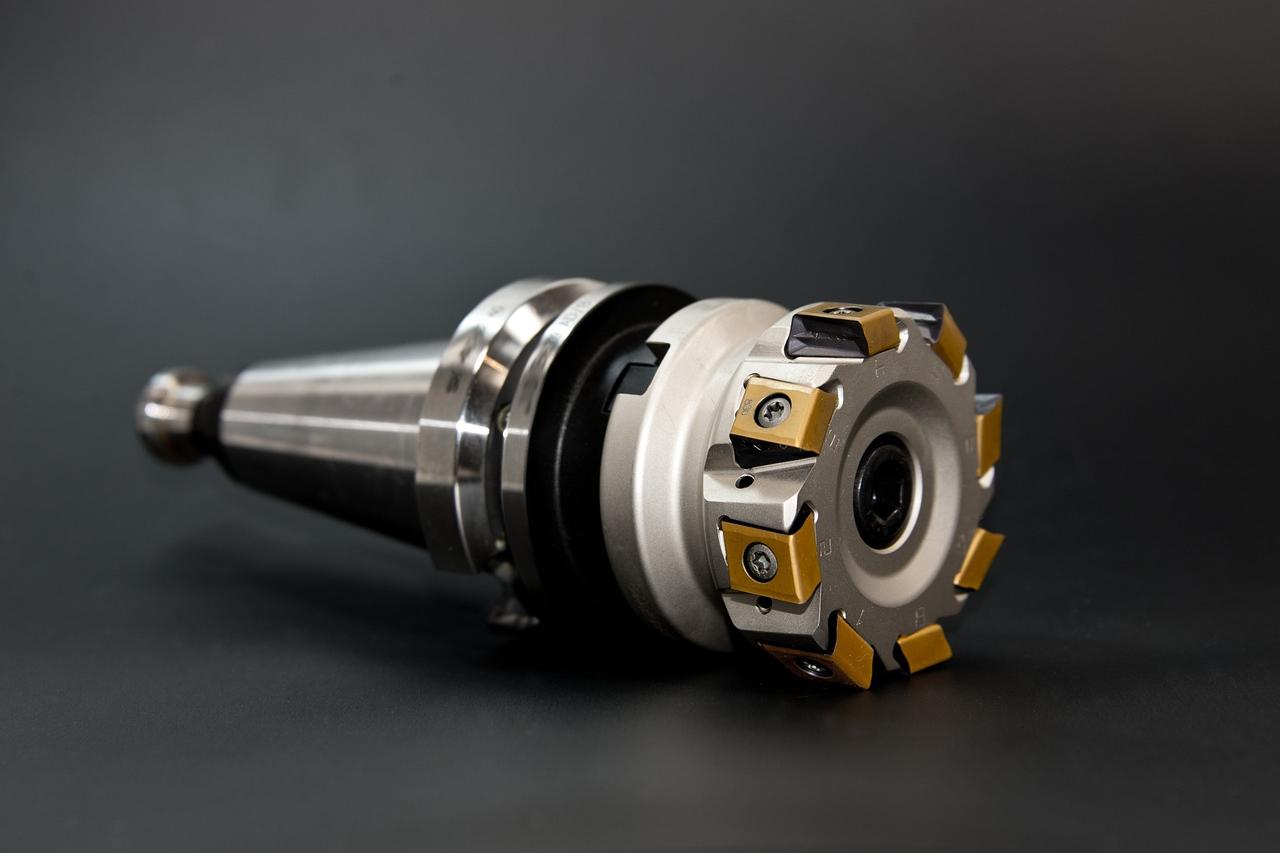- Shanghai Zhongshen International Trade Co., Ltd. - Two decades of trade agency expertise.
- Service Hotline: 139 1787 2118

I. Opportunities and Challenges Coexist in the U.S. Manual Tools Market
According to U.S. Department of Commerce data, the global manual tools market reached $26 billion in 2023, with the U.S. accounting for over 35%. As the worlds largest producer of manual tools (about 60% of global capacity), China has significant supply chain advantages in wrenches, pliers, measuring tools, and other categories. However, U.S. market requirements for product quality certifications (such as CPSC safety standards, FCC electromagnetic compatibility), tariff policies (such as Section 301 additional tariffs), and logistics timeliness present three core pain points for exporters:
1.Record - filing of Foreign Trade Operators: Mandatory requirements such as EPA environmental certification and CPSC child safety testing;
2.Cost control: 25% of manual tool categories remain subject to Section 301 tariffs, and HS code classification errors may lead to additional costs;
3.Supply Chain Management: Strict FBA warehouse entry timeliness requirements from e-commerce platforms like Amazon (typically requiring a 30-day logistics cycle buffer).
II. Value-Added System of Professional Agency Services
(1) Compliance Pre-Inspection and Certification Acceleration
Professional agency companies with AEO certification can provide:
- Product pre-inspection laboratory services: Pre-testing indicators such as ROHS heavy metals and packaging material flammability
- Certification agency: CPSC/UL/ETL certification cycles shortened by 40% (from 8 weeks to 5 weeks)
- Intelligent document review system: Automated verification of 18 types of documents including MSDS and certificates of origin
(2) Tariff Optimization Strategies
Through in-depth HS code analysis (e.g., subcategories of 8205.40 wrenches) and trade agreement applications:
- Guiding enterprises to adjust product specifications to qualify for HTS 9802 temporary import duty-free provisions case study
- Under the Phase One U.S.-China agreement, agency companies assisted 32 tool enterprises in obtaining tariff exclusions
- Develop a "Tariff Simulation Calculator" to provide real-time cost fluctuation alerts.
(3) End-to-End Logistics Control
AdoptedMaritime TransportationLCL + overseas warehouse pre-distribution model to reduce freight costs by 30%:
1.First-mile transportation: Matching core shipping lines like COSCO/Evergreen for U.S. routes, securing peak season slots
2.Smart warehouse allocation: Three major warehouse clusters in Los Angeles/Chicago/New York enabling 48-hour nationwide coverage
3.Customs Clearance Acceleration: CBPs PGA system data pre-declaration ensures stable clearance within 72 hours
Case Study: Cost Optimization Path for Power Tool Set Exports
A Ningbo manufacturer exports 18-piece tool kits (declared value USD28.5/set):
- Initial Issues: Incorrect use of HS code 8467.29 (25% tariff applicable)
- Agency solution:
- Reclassified as 8205.90 (manual tool sets, 7% tariff)
- Activated China-US express shipping route (Qinggang-Long Beach 21-day direct)
- Pre-attached UL labels + CPSC certification pre-review
- Achievements: Single-container logistics cost reduced by USD46, annual tariff savings exceeding USD1.2 million
Five Golden Rules for Choosing Agency Services
1.Qualification Verification: Verify Customs AEO certification and FMC registration number
2.Data capabilities: Require historical clearance success rate (>98%) and port detention rate (<3%)
3.System Integration: Supports API integration with ERP systems (e.g. SAP/Odoo) for automated order processing
4.Risk Control: Purchase PICC cargo insurance (recommended coverage at 120% of cargo value)
5.: US agents can provide localized services, including product display, customer relationship management, after - sales service, etc., helping enterprises better integrate into the local market.: Chinese-speaking emergency response teams required for both US coasts
Conclusion:
In the manual toolsfor containers exported to the USsector, professional agency services have evolved from mere logistics operators to strategic supply chain partners. Through the triangular empowerment model of compliance pre-positioning, tariff optimization, and smart logistics, enterprises can reduce overall export costs by 15%-22% while improving on-time delivery rates to over 95%. Selecting agency service providers with engineering machinery industry know-how will become a key decision for winning the US market.
(Note: Data represents simulated industry benchmarks; actual services should align with enterprise requirements)
Related Recommendations
? 2025. All Rights Reserved. Shanghai ICP No. 2023007705-2  PSB Record: Shanghai No.31011502009912
PSB Record: Shanghai No.31011502009912










